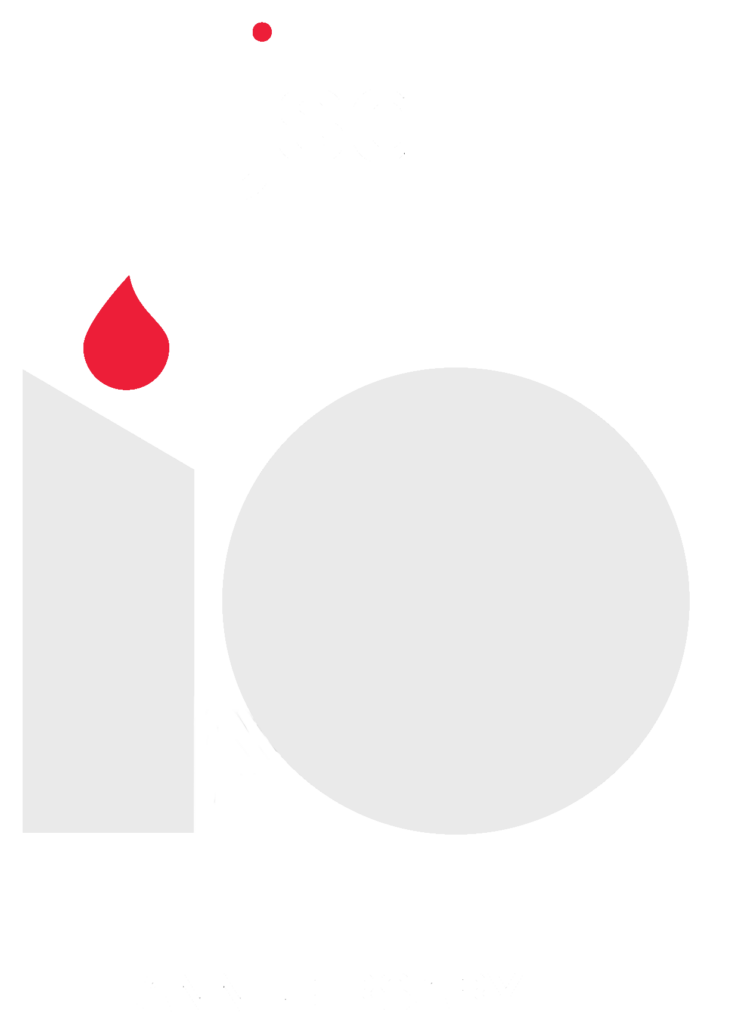
Are Your Ad Dollars Going to Waste?
Are Your Ad Dollars Going to Waste?
Rethink Interest Targeting on Facebook and Stop Overpaying for Your Campaigns
Javier Colombani

Javier Colombani
Digital Strategist
Merging his background in science with a Master's in Digital Marketing and E-commerce, our Digital Strategist skillfully navigates the multifaceted world of online platforms. His expertise, enhanced by the entrepreneurial skills he developed while running his own streetwear jewelry store, empowers him to craft and execute impactful strategies across various verticals like fashion, solar, and auto. Javier thrives on transforming digital strategies into client breakthroughs, a passion that's matched only by his love for 5v5 soccer games in his free time.
Hidden Talent: Racing digital horses

In the dynamic world of digital marketing, efficiency and effectiveness are paramount. Interest targeting on Facebook, once a go-to method for reaching potential customers, may now be less cost-effective than you think. Let’s dive into why reevaluating this approach could save your advertising budget and enhance your campaigns.
Interest Targeting: The Basics
Interest targeting allows advertisers to show ads to Facebook users based on their past activities, likes, and interactions. While it theoretically connects your ads with those most likely to engage, there are significant limitations that could be inflating your costs.

The Drawbacks of Interest Targeting
Broad and Imprecise: Interests captured on Facebook may not accurately reflect current user preferences, leading to ads that miss their mark.
Elevated Costs, Diminished ROI: Inaccurate targeting means lower engagement and higher acquisition costs, reducing your overall return on investment.
Audience Exhaustion: Interest-targeted campaigns can quickly saturate their audience, leading to ad fatigue and diminished effectiveness over time.
Reasons for Inaccuracy in Interest Targeting
Interest targeting on platforms like Facebook can be inaccurate due to several inherent limitations:
1. Outdated Information: Users’ interests change over time, leading to ads that no longer align with their current preferences.
2. Broad and Generic Tagging: Facebook’s broad categorizations can result in ads that are not specifically relevant to the user’s true interests.
3. Misinterpretation of Engagement: Engagement with a post doesn’t necessarily indicate interest, as users might engage in content to debate or contradict it.
4. Limited by User Interaction: Passive users who do not actively interact with content about their interests might not receive relevant ads.
Examples of Inaccuracy
Case 1: Temporary Interest: Emma engaged with content about soccer during the World Cup, leading to irrelevant ads about soccer merchandise long after her interest had waned.
Case 2: Misleading Engagement: John, a dietitian, frequently debates the merits of ketogenic diets, resulting in ads for keto products despite his critical stance.
Case 3: Non-Indicative Likes: Maria liked a friend’s page about eco-friendly living to show support but isn’t personally interested in the lifestyle, yet she receives numerous ads for eco-friendly products.
Embracing Open Audiences and Advantage+ Audiences
To combat these issues, consider using open audiences and Facebook’s Advantage+ Audiences:
Open Audiences: This approach broadens your target audience, helping you reach potential customers who haven’t explicitly shown interest but may find your offerings compelling.
Advantage+ Audiences: Facebook’s tool uses advanced algorithms to dynamically adjust who sees your ads, focusing on users most likely to convert based on real-time data analysis.
Implementing a Modern Strategy
For those new to digital marketing, transitioning from interest targeting to broader and more adaptive methods can seem daunting but is necessary for competitive edge.
Start Experimenting
Combine open audiences and Advantage+ targeting with traditional methods in your campaigns. Analyze performance and adapt based on data-driven insights.
By expanding beyond traditional interest targeting and integrating more dynamic strategies, you can improve the efficiency and effectiveness of your advertising efforts. This ensures your ad spend is an investment in higher engagement and more successful conversions.
References
– Sabir, A., Lafontaine, E., & Das, A. (2022). Analyzing the impact and accuracy of Facebook’s interest targeting. Proceedings of the ACM on Human-Computer Interaction.
– Palsetia, D., Patwary, M. M. A., Agrawal, A., & Choudhary, A. (2014). Excavating social circles via user interests. Social Network Analysis and Mining.





